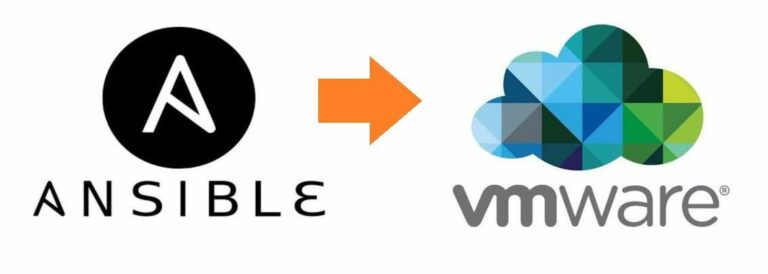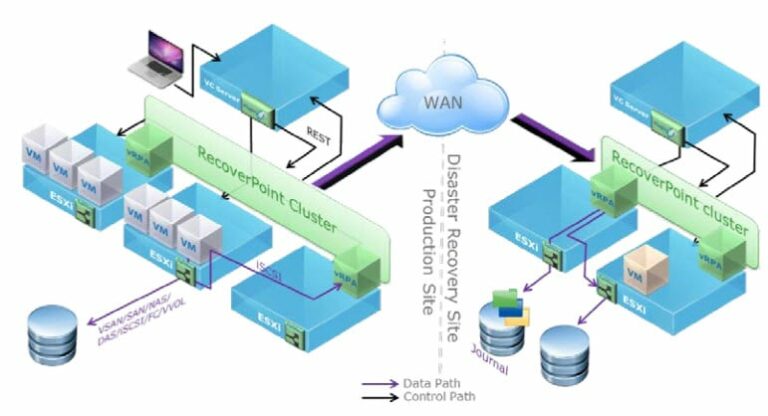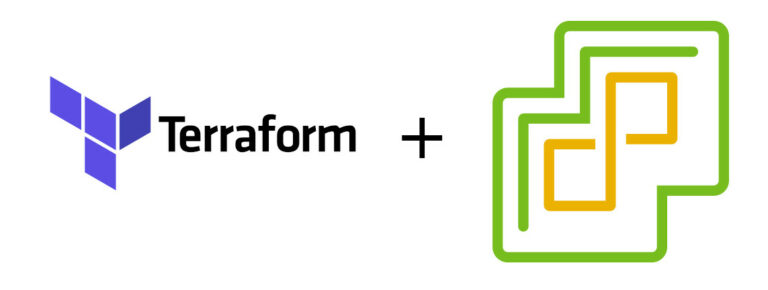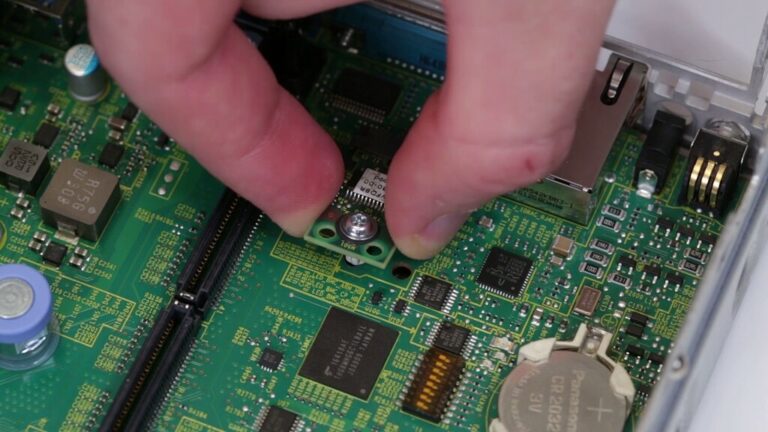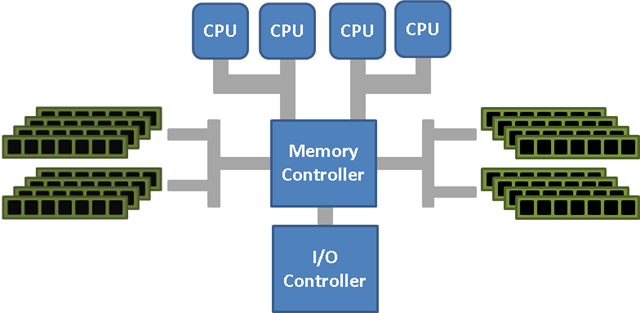UEFI Secure Boot

UEFI Secure Boot is a platform feature within the UEFI specification that ensures the system boots using only the software trusted by the hardware manufacturer. Secure Boot provides a verification mechanism in which the firmware validates a boot loader before executing…


